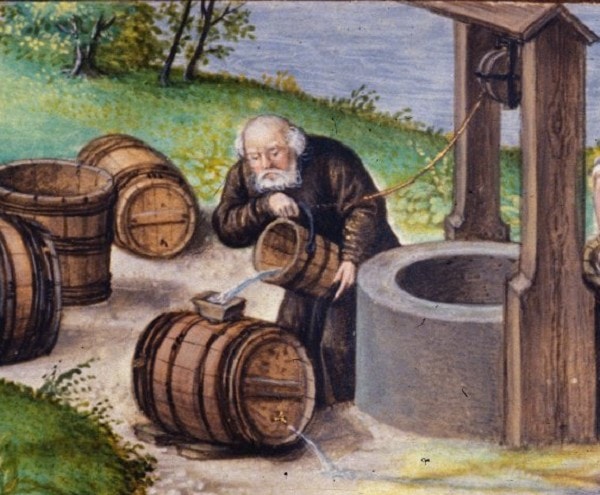Health beliefs underwent many changes throughout history. Take obesity. Nowadays, we try our best to slim down and shed the pounds. Throughout most of human history, however, to be fat was not something to avoid, but something to aspire to. Or take farts: there was a time when sniffing farts was thought to have health benefits. Below are many absurd stories about those and other historic health facts.
Fart Sniffing Was Thought to be Good for People’s Health

The Great Plague of London, which began in 1665, was England’s last major bubonic plague outbreak. It was not as bad as the Black Death had been a few centuries before, but it was bad enough. In a year and half, over 100,000 perished, with nasty symptoms that included stomach pains, vomiting, diarrhea, and copious rectal bleeding. Medical knowledge at the time was dismal, and people got desperate for a method to combat or cure the plague. Amidst their desperation, some doctors turned to a radical remedy: sniffing farts from a jar.
Their basic premise was that the plague was caused by a miasma, or toxic vapors in the air. They figured that if people diluted the nasty air with something equally nasty, it might reduce the chances of catching the plague. Accordingly, they told people to have something that smelled bad at hand. To wit, that they store their farts in jars and seal them in. That way if the plague showed up in their neighborhood, they could open the jars, and breathe in the fart fumes to ward off the plague’s bad vapors. Needless to say, fart-huffing never saved anybody the plague.

